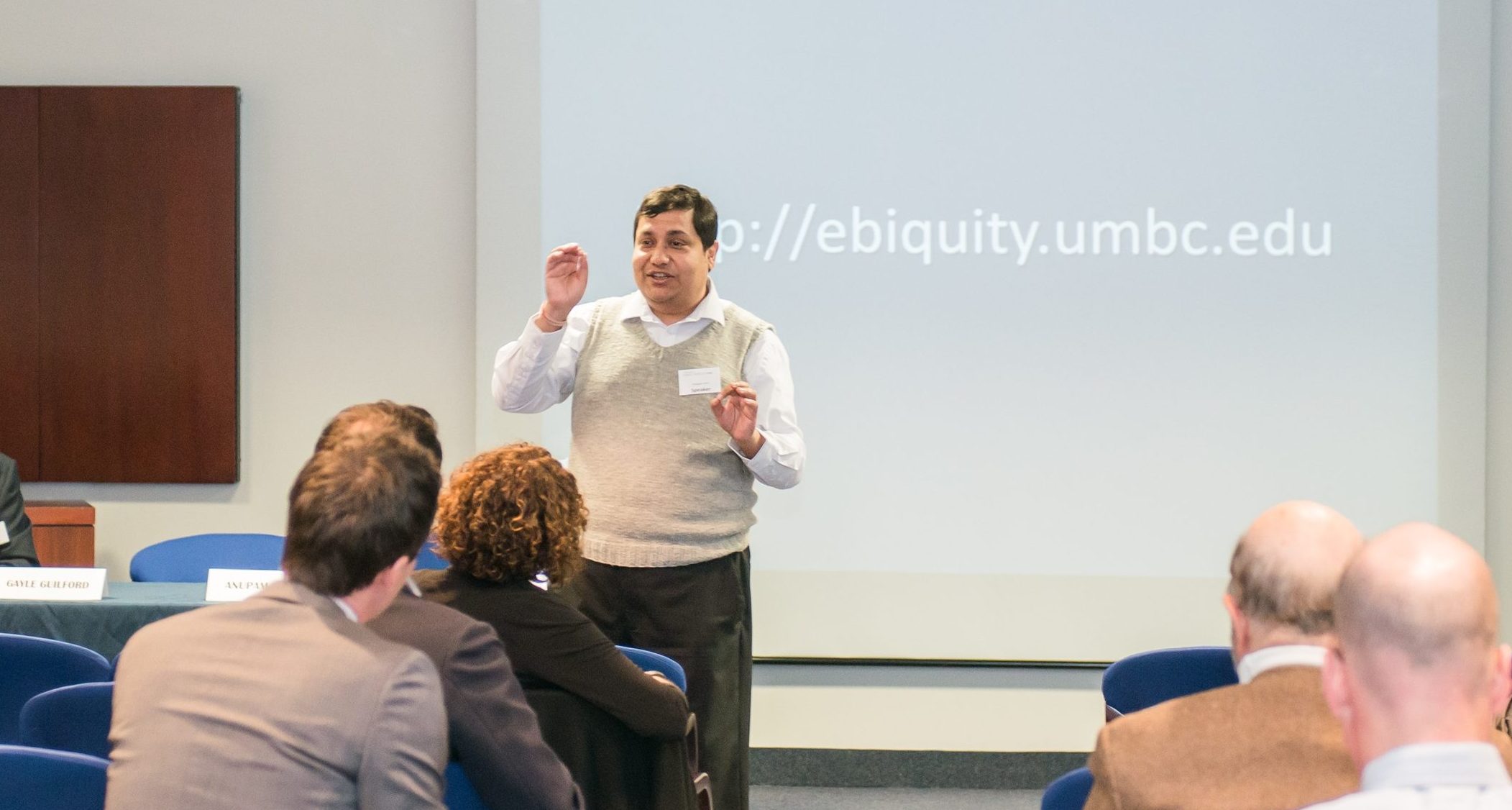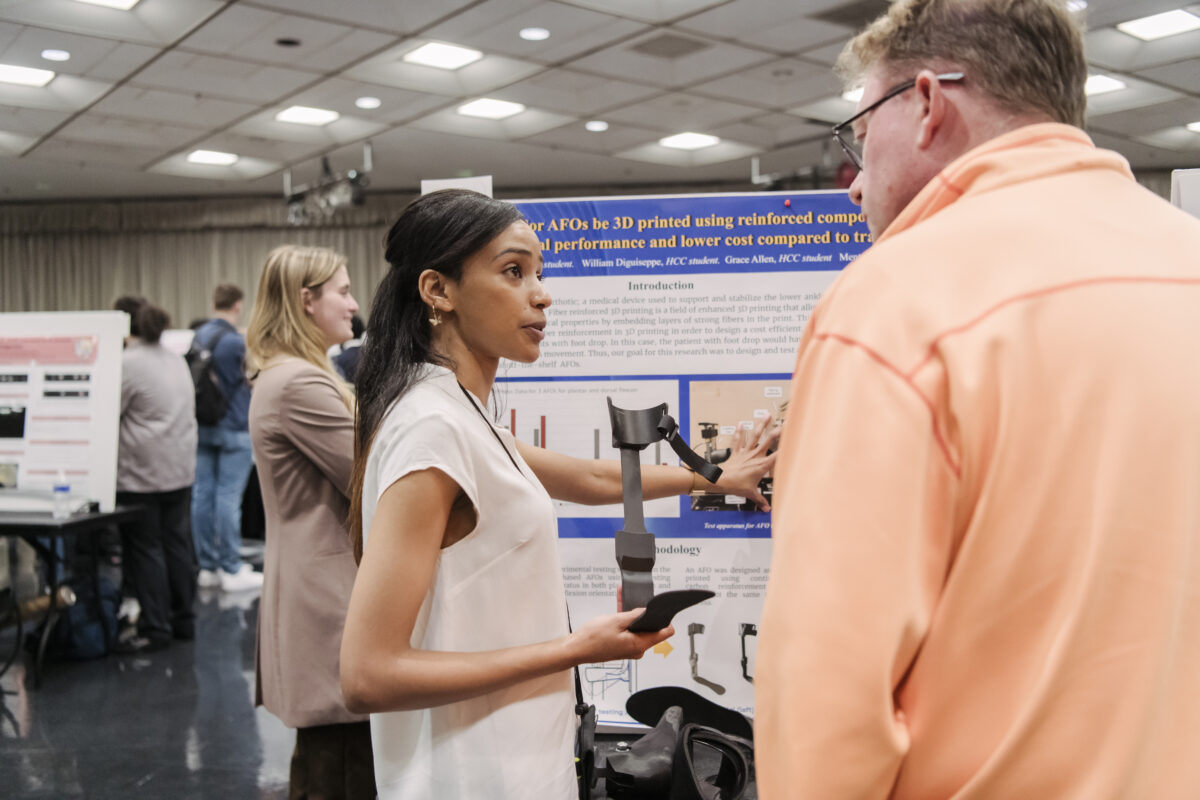U.S. Deputy Defense Secretary Robert Work recently spoke about cyberwarfare and U.S. efforts to fight online security threats, leaving analysts wondering about the nature of today’s battles in cyberspace. UMBC’s Anupam Joshi and Rick Forno shed light on this world in a new Scientific American article that explains how online tactics known as “cyberbombs” work to prevent potential attacks, or could potentially be directed at U.S. targets.
Joshi is director of UMBC’s Center for Cybersecurity and professor and chair of the department of computer science and electrical engineering, and Forno serves as assistant director of the UMBC Center for Cybersecurity and director of UMBC’s graduate program in cybersecurity.
Cyberattacks can disrupt essential components of infrastructure people use every day, from cell phone networks to electric network generators, Joshi and Forno explain. They point out that “a ‘cyberbomb’ is not a single weapon,” but rather a collection of computer hardware and software that can be used to protect against cyber threats. This work might involve a broad range of professionals, including technological experts, military strategists, researchers, policy analysts, and lawyers, and as technology changes so do cyber weapons and tactics.
“We can analyze the underlying technologies and look at the global strategic considerations of those of those seeking to wage cyber warfare,” Joshi and Forno write. “That work allows us to offer ideas about cyber weapons and how they might be used.”
Read the full article, “America is ‘dropping cyberbombs’—but how do they work?” originally published in The Conversation. The original article was also mentioned in Tech Republic.
Images: Anupam Joshi presenting during cybersecurity forum hosted by the School of Public Policy. Photo by Marlayna Demond ’11 for UMBC.
Tags: COEIT, CSEE, Cybersecurity




